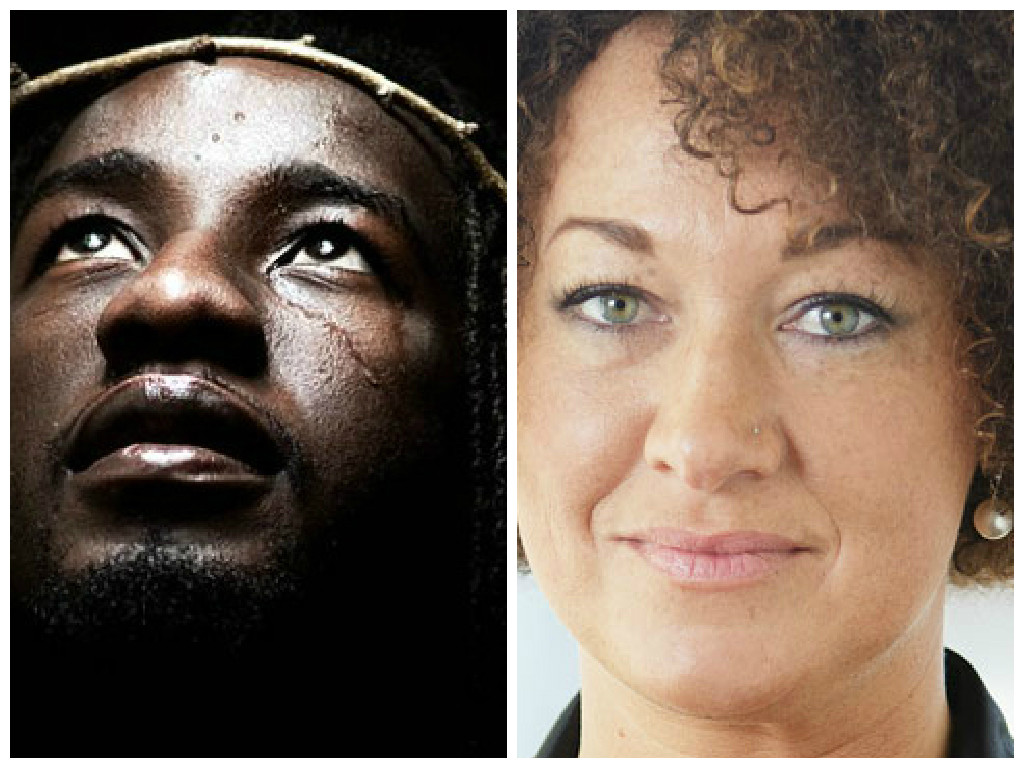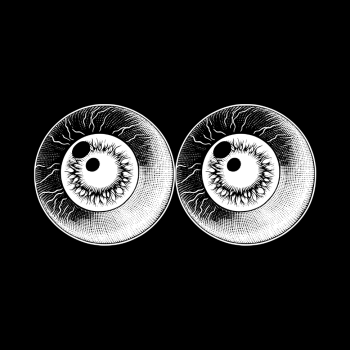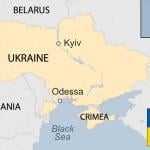How far would you go? How far would you go for liberation? How far would you go to save lives? Followers of Jesus are called to go all the way. How could anyone go that far? Jesus shows the way.
“I was hungry…”
“I was thirsty…”
“I was a stranger…”
“I was in prison…”
In naming a variety of oppressions, Jesus illustrates that responding to oppression is about becoming something. In the incarnation with oppression, Jesus even goes so far as to say, “What you have done to the least of these you have done to me.” How do we follow Jesus? How do we incarnate our persons with the oppressed? Jesus shows us that the path to liberation is about becoming something…namely the oppressed.
The story of Spokane, Washington NAACP President Rachel Dolezal is very complicated. From growing up with two white parents to having four black siblings to attending Howard University to teaching Africana Studies to her present position, Dolezal seems to have navigated a path of becoming more and more connected to the black community until she got to a point where most people believed she was black. Many believe that Dolezal intentionally misrepresented her race in order to advance her career. While I can’t speak directly to her character, I have wondered if there is benefit in admiring her for placing her body into the struggle for liberation in ways not often seen from people of any race? While there might be much Satan in this story (Isn’t there always?), I also sense some pieces of Jesus in Rachel Dolezal’s various struggles for liberation.
Through a consistent incarnation with the least, Jesus becomes black and every other race in order to liberate. Are we too not called to constant efforts for liberation? No matter what our color, the only pathway to liberation is by becoming liberation for others…perhaps that too is our only hope at salvation.
Amen.













